This post may contain affiliate links. Affiliate links use cookies to track clicks and qualifying purchases for earnings. Please read my Disclosure Policy, Terms of Service, and Privacy policy for specific details.
Reading fluency is the ability to read at the rate of natural speech. A child’s reading fluency can impact their reading comprehension. A fluent reader processes the visual input of text automatically, allowing them to focus their attention on the meaning of a passage and tie it in to their prior knowledge (Bos & Vaughn, 1998). A fluent reader is also more likely to enjoy reading activities. Challenges with reading fluency can be remediated through teaching a child to automatically identify words. In addition, guided daily practice can help to improve reading fluency.
Model Fluent Reading
Reading aloud to children is beneficial for many reasons. One of those reasons is that it allows a skilled reader to model the correct flow and expression of fluent reading. In addition, a child who listens to literature will be exposed to correct grammar and advanced vocabulary (Pos & Vaughn, 1998).
Repeated Reading
Repeated reading is when a text is re-read many times until a target fluency rate has been met (Bos & Vaughn, 1998). This method is beneficial for children who can read most words accurately, but are not able to read through a passage fluently. The child’s reading may be slow and halting (Lerner, 2000). The National Reading Panel (2000) also found that repeated reading was effective at improving reading fluency.
- Begin by selecting a passage 50-200 words long.
- The child reads the passage while a parent or teacher observes and pronounces the words the child does not know.
- The selection is repeated 3-4 times before moving on to a new passage.
Accuracy and speed can be documented with each reading and shown to the child so they can see their own progress. Comprehension can also be addressed by discussing the passage. Daily repeated reading practice sessions are recommended to improve reading fluency (Bos & Vaughn, 1998; Lerner, 2000)
Read-Along
A read-along is similar to the repeated reading method in that the selected passage is re-read multiple times.
- The child listens to a recording of the selected passage and follows along in the printed book.
- During repeated readings, the child will practice reading with the recording until they can read the book independently.
(Bos & Vaughn, 1998)
Neurological Impress
The neurological impress method seeks to establish a new learning process by having the child hear himself read while receiving simultaneous auditory input from the instructor.
- The instructor and child read a passage aloud at the same time from the same book.
- The teacher positions herself to be able to read close to the student’s ear.
- Either the teacher or student follows along in the text with their finger.
- The instructor should stop the activity before the child becomes tired from reading.
(Lerner, 2000)
Choral Repeated Reading
This technique is teacher guided approach. The choral repeated reading method is designed for children who have strong language comprehension skills, but have difficulty with fluent word recognition. This strategy is only appropriate for children who can read at least 25 words. This activity should last around 15 minutes per session.
Method:
- The child picks a book they are interested in that is 1 to 2 levels above their current instructional reading level. The child should have around 80% accuracy while reading the text independently.
- The instructor reads the book pointing underneath the text read while the child watches.
- The instructor and the child read the book together repeatedly until the child is ready to attempt reading the book independently.
- The child reads the book by himself. The instructor fills in words the child is unable to read. The missed words are tracked and used during word recognition teaching activities. The passage can also be discussed to improve comprehension.
(Bos & Vaughn, 1998)
Conclusion on methods to improve reading fluency
The described methods to improve reading fluency can be incorporated as part of a balanced reading approach. To improve motivation, select reading content that will interest the individual child. Conduct running records to track a child’s reading fluency progress. CLICK HERE for a instructions and a printable graph for recording fluency data. The graph should provide information on if the current methods are sufficient to improving reading fluency. Try additional methods as deemed necessary and appropriate from the fluency graph data.
CLICK HERE to read my article on Free Leveled Readers for Reading Fluency Practice.
Possible Resource(s)
This poetry book includes high interest selections for reading fluency practice.
References
Bos, C. S., & Vaughn, S. (1998). Strategies for Teaching Students with Learning and Behavior Problems, 4th ed. Needham Heights, MA. Allyn and Bacon.
Lerner, J. (2000). Learning Disabilities: Theories, Diagnosis, and Teaching strategies, 8th ed. Houghton Mifflin Co



